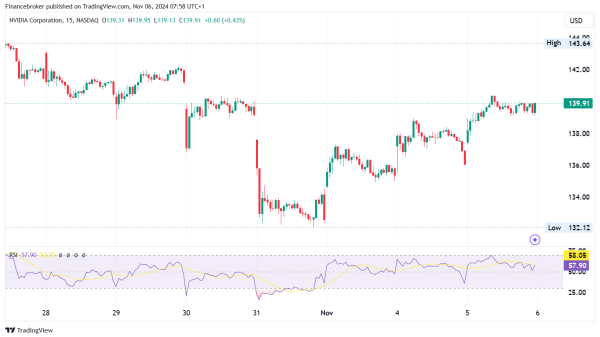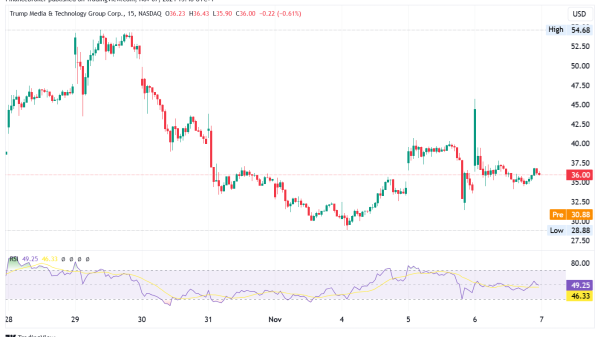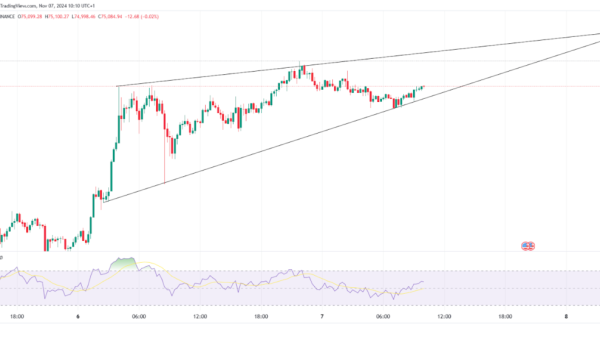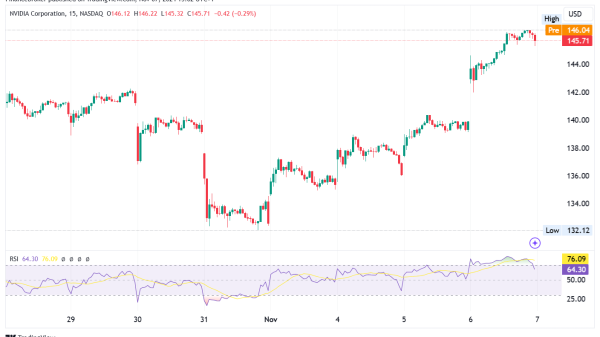Leverage best practices you should know – Get Information.
Key takeaways
Using best practices reduces risks, increases leverage ratios, and prevents margin calls, just like diversifying a portfolio to minimize risk. Adapt effective methods to suit your business. However, avoid becoming overly fixated and seek assistance from experts.
When searching for the most effective methods, adapt them to suit your business. Stay calm and ask experts for help. Following good methods lowers risks, boosts leverage, and stops margin calls, similar to spreading out investments to reduce risk. Adapt effective methods to suit your business.
Using excessive leverage in trading and finance can lead to significant losses. Therefore, adherence to best practices and implementation of stop-loss strategies is essential.
Use best practices effectively: Identify needs, adapt, implement, evaluate, and improve with stop-loss in mind.
Have you ever considered exploring leverage best practices lately? Are you into trading on margin and exploring high-leverage trading strategies and broker leverage limits along the way? Let’s discuss leverage best practices here.
In business, there is a hidden treasure that many professionals miss in the fast-paced world. As a business consultant, I should have paid more attention to this gem despite its vital role in delivering value to my clients.
A recent epiphany unveiled the potential of “transferability of best practices,” encompassing risk management and leveraging diversity best practices.
This idea reduces risks, increases leverage ratios, and prevents margin calls in our business ventures. Much like a diversified portfolio minimizes risk, diverse best practices hold a crucial role.
Join us as we explore how this idea can improve our financial outcomes. We will also learn how it can help us effectively handle risks.
Also, we will discover how it enables us to take advantage of opportunities in our business ventures.
Using Best Practices and Position Sizing to Control Leverage Volatility
Unlocking the potential of leveraging best practices involves a comprehensive journey. It comprises several essential steps:
Broad Exploration: Seeking Hidden Gems
Begin your quest by actively seeking and exploring best practices, even those seemingly unrelated to your core business processes.
Critical Evaluation: Unveiling Value Through Position Sizing
Try these recommended methods to see how valuable they are for your business. Evaluate them like you determine the size of your investments.
Tailored Adaptation: Customizing for Optimal Leverage
Now, let’s explore how to achieve this transformation while managing position size and reducing volatility caused by leverage.
Vigilant Implementation: Mitigating Leverage-Induced Volatility
Apply better methods, watch their impact, and skillfully reduce risks from excessive borrowing. Success stories vouch for its effectiveness.
Learn how to make changes while managing investments and minimizing borrowing risks. Leverage trading can be tempting for fast profits.
However, it is crucial to prioritize following best practices. This will help in making informed decisions.
Using leverage in trading can be alluring due to the potential for quick profits. Using leverage in trading can be tempting for fast profits.
Unlocking Best Practices’ Power Across Dimensions
Regarding different-sized businesses, the transfer of best practices isn’t a one-way street. I’ve discovered immense value in both directions. I’ve extracted and applied best practices from larger corporations like Coca-Cola Enterprises to mid-sized and startup ventures.
However, a word of caution: keep sight of common sense and applicability in your pursuit of best practices. I often change these practices to fit different business sizes, industries, or countries.
Avoid becoming so fixated on best practices that you neglect your business’s unique needs. Engage your experts in the process, seek their input, and adapt accordingly.
Navigating Over-Leveraging Risks and Best Practices in Finance
In trading and finance, it’s important to understand the risks of over-leveraging, especially in the short term. It’s akin to trading with leverage without setting a stop-loss—a risky proposition.
Using excessive leverage can result in automatic position closures, causing significant losses and affecting your portfolio’s value.
Implementing best practices becomes paramount in a world where interest rates fluctuate, and market moves are unpredictable. It’s like fine-tuning the controls on complex financial instruments.
Knowing the dangers of too much borrowing and the need to control risks is crucial in today’s changing financial world.
What is trading with leverage like?
Trading with leverage may be tempting for quick gains. However, it is crucial to prioritize following best practices. This will help in making informed decisions.
They act as a stop-loss, preventing you from falling into the over-leveraging trap. To handle unpredictable financial markets and protect profits, close positions when needed and use leverage correctly.
Leveraging Resources and Best Practices: A Practical Guide
Further text offers a guide to effectively use resources and best practices from other organizations or industries.
Identify Your Needs and Gaps
– Begin by thoroughly assessing your current situation, including your financial standing and cash flow.
– Define your training program’s objectives, outcomes, and success criteria.
– Identify challenges, opportunities, existing resources, and best practices.
– Recognize gaps that require improvement or enhancement, considering potential over-leveraging dangers and the amount of money involved.
Research and Benchmark
– Delve into research, exploring what other organizations or industries have achieved in addressing similar needs and gaps.
– Utilize various information sources, such as online platforms, publications, networks, and expert insights.
– Analyze their approaches’ most crucial strengths and weaknesses while comparing them to your specific context, factoring in potential stop-loss with leverage strategies.
Adapt and Customize
You should adapt and customize the resources and practices to meet your needs, objectives, and audience. It is important to ensure that they align with your financial situation.
Consider the feasibility, suitability, and acceptability of the resources and best practices.
Test and refine your adaptations before implementing them, guarding against over-leveraging dangers.
Implement and Evaluate
Execute your training program according to defined objectives and outcomes, with prudent consideration for stop-loss orders.
Collect feedback and data from participants, stakeholders, and other sources. Use this Information to measure the impact and effectiveness of your customized resources and strategies.
Measure the program’s financial impact and alignment with your desired cash flow.
Use evaluation results to improve and update your methods, sharing valuable insights about money and stop-loss strategies with others.
Additional Considerations
– Share examples, stories, or insights that may not fit neatly into the previous sections.
– Encourage open dialogue and the exchange of experiences among the community.
Following these steps will make you better prepared to use resources and best practices effectively. Additionally, you can protect yourself against risky borrowing and maintain control over your money.
This ensures continuous improvement and success in your endeavours, with stop-loss measures in place to mitigate potential risks.
Bottom line
Unlock the invaluable best practices for crafting a robust risk management strategy and apply them judiciously to navigate the treacherous waters of volatile financial markets, where market volatility can lead to swift and unpredictable price movements.
Safeguard your investments against undue risk and interest payments by employing well-placed stop-loss measures, preserving your account balance, and ensuring financial stability.
Be careful not to borrow too much money when investing. Use stop-loss measures to prevent your investments from being automatically closed. This will help you keep your account balance safe and avoid taking on too much risk.
Also, remember that maintaining a disciplined approach in your brokerage account is essential, especially when using borrowed funds, to mitigate the risks associated with market volatility.
By implementing effective risk management strategies and judiciously applying stop-loss measures, you can protect your account balance and secure financial stability while navigating the intricate landscape of borrowed funds within your brokerage account.”
The post Leverage best practices you should know – Get Information. appeared first on FinanceBrokerage.




























